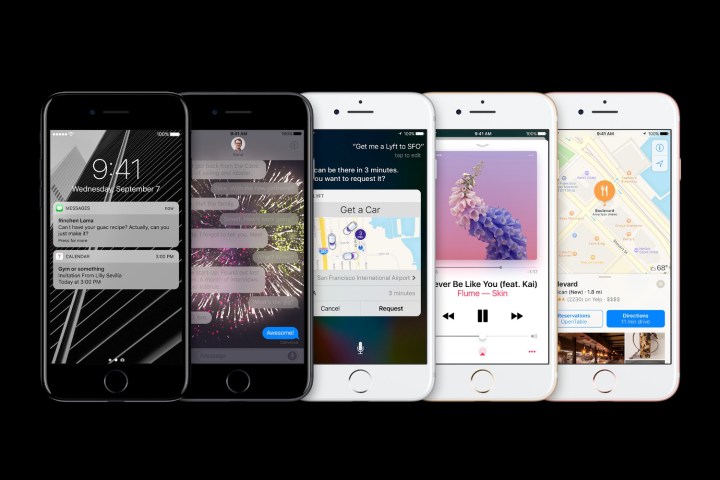
According to a new report from Consumer Intelligence Research Partners (CIRP), sales of the new iPhone 7 and 7 Plus comprised an impressive 43 percent of all the iPhones sold in the third quarter of 2016. Considering the newest iteration of the iPhone was only around for two weeks of the entire three-month period, that is a pretty impressive achievement.
CIRP found the iPhone 7 accounted for 31 percent of all iPhone sales in the last quarter, while the iPhone 7 Plus made up 12 percent. “In a quarter with only two weeks of sales,
This may come as something of a surprise to some analysts, who noted that the relatively minimal design changes between the iPhone 7 and iPhone 6 may not have been enough to convince buyers to make the switch. But at the very least, the newest iPhone is off to a very healthy start. All the same, whether or not the phone can maintain this initial momentum has yet to be determined. After all, the
That said, thus far, the iPhone 7 has proven quite popular, and has even convinced quite a few Android users to make the switch, more so than the previous launch of the iPhone 6s and 6s Plus. In fact, a new CIRP report notes that the number of customers who went from Android to Apple was up to nearly 17 percent this year.
So while the iPhone 7 may not have made waves in the same way that the iPhone 6 did, it’s still doing a pretty solid job of getting folks excited.
Article originally published in October 2016. Updated on 11-16-2016 by Lulu Chang: Added reports that iPhone 7 launch increased Android switchers as high as 17 percent.
Editors' Recommendations
- This one Apple Fitness feature completely changed how I exercise
- An Apple insider just revealed how iOS 18’s AI features will work
- iPhone 16: news, rumored price, release date, and more
- iPhone SE 4: news, rumored price, release date, and more
- 3 reasons why I’ll actually use Anker’s new iPhone power bank

